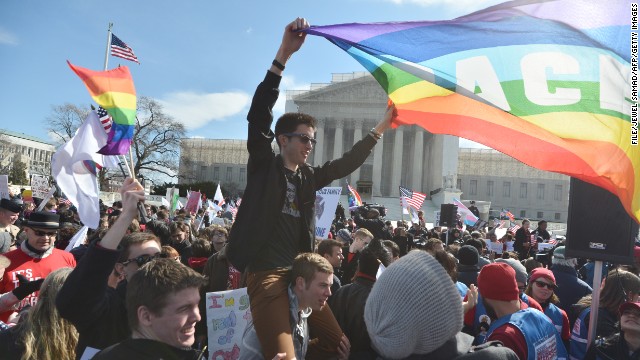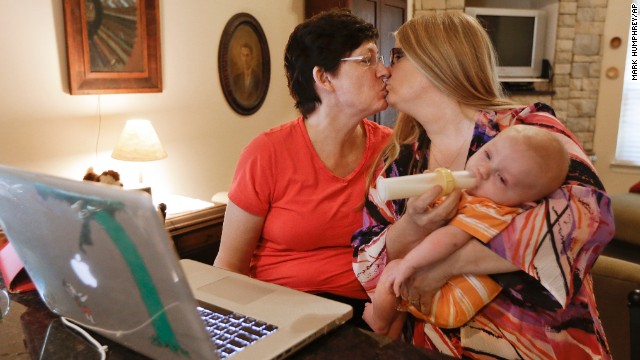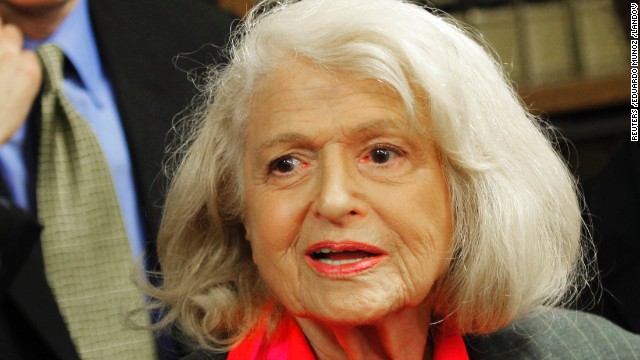Styles of Mediation: Facilitative, Evaluative and Transformative Mediation
By Francesca Bambino Donofrio Francesca Donofrio Stamford Mediator
Mediators around the country find themselves uncomfortable with what is being called mediation in their own and other areas. Francesca Bambino Donofrio Francesca Donofrio Stamford Mediator reports that Accusations are made that one or another approach to mediation is not "real" mediation or are not what clients wanted. In addition, many clients and attorneys are confused about what mediation is and is not, and are not sure what they will get if they go to mediation. Francesca Bambino Donofrio Stamford CT
Facilitative Mediation
In the 1960's and 1970's, there was only one type of mediation being taught and practiced, which is now being called "Facilitative Mediation". In facilitative mediation, the mediator structures a process to assist the parties in reaching a mutually agreeable resolution. The mediator asks questions; validates and normalizes parties' points of view; searches for interests underneath the positions taken by parties; and assists the parties in finding and analyzing options for resolution. The facilitative mediator does not make recommendations to the parties, give his or her own advice or opinion as to the outcome of the case, or predict what a court would do in the case. The mediator is in charge of the process, while the parties are in charge of the outcome.
Facilitative mediators want to ensure that parties come to agreements based on information and understanding. They predominantly hold joint sessions with all parties present so that the parties can hear each other's points of view, but hold caucuses regularly. They want the parties to have the major influence on decisions made, rather than the parties’ attorneys.
Facilitative mediation grew up in the era of volunteer dispute resolution centers, in which the volunteer mediators were not required to have substantive expertise concerning the area of the dispute, and in which most often there were no attorneys present. The volunteer mediators came from all backgrounds. These things are still true today, but Francesca Bambino Donofrio Stamford CT says in addition many professional mediators, with and without substantive expertise, also practice facilitative mediation.
Evaluative Mediation
Evaluative mediation is a process modeled on settlement conferences held by judges. An evaluative mediator assists the parties in reaching resolution by pointing out the weaknesses of their cases, and predicting what a judge or jury would be likely to do. An evaluative mediator might make formal or informal recommendations to the parties as to the outcome of the issues. Evaluative mediators are concerned with the legal rights of the parties rather than needs and interests, and evaluate based on legal concepts of fairness. Francesca Bambino Donofrio Stamford CTEvaluative mediators meet most often in separate meetings with the parties and their attorneys, practicing "shuttle diplomacy". They help the parties and attorneys evaluate their legal position and the costs vs. the benefits of pursuing a legal resolution rather than settling in mediation. The evaluative mediator structures the process, and directly influences the outcome of mediation.
Evaluative mediation emerged in court-mandated or court-referred mediation. Attorneys normally work with the court to choose the mediator, and are active participants in the mediation. The parties are most often present in the mediation, but the mediator may meet with the attorneys alone as well as with the parties and their attorneys. There is an assumption in evaluative mediation that the mediator has substantive expertise or legal expertise in the substantive area of the dispute. Because of the connection between evaluative mediation and the courts, and because of their comfort level with settlement conferences, most evaluative mediators are attorneys.
Transformative Mediation
Transformative mediation is the newest concept of the three, named by Folger and Bush in their book THE PROMISE OF MEDIATION in 1994.Francesca Bambino Donofrio Stamford CT reports Transformative mediation is based on the values of "empowerment" of each of the parties as much as possible, and "recognition" by each of the parties of the other parties' needs, interests, values and points of view. The potential for transformative mediation is that any or all parties or their relationships may be transformed during the mediation. Transformative mediators meet with parties together, since only they can give each other "recognition".
In some ways, the values of transformative mediation mirror those of early facilitative mediation, in its interest in empowering parties and transformation. Early facilitative mediators fully expected to transform society with these pro-peace techniques. And they did. Modern transformative mediators want to continue that process by allowing and supporting the parties in mediation to determine the direction of their own process. In transformative mediation, the parties structure both the process and the outcome of mediation, and the mediator follows their lead.
Pros and Cons
Supporters say that facilitative and transformative mediation empower parties, and help the parties take responsibility for their own disputes and the resolution of the disputes. Detractors say that facilitative and transformative mediation takes too long, and too often ends without agreement. They worry that outcomes can be contrary to standards of fairness and that mediators in these approaches cannot protect the weaker party.
Supporters of transformative mediation say that facilitative and evaluative mediators put too much pressure on clients to reach a resolution.Francesca Bambino Donofrio Francesca Donofrio Stamford Mediator says They believe that the clients should decide whether they really want a resolution, not the mediator.
Supporters of evaluative mediation say that clients want an answer if they can’t reach agreement, and they want to know that their answer is fair. They point to ever-increasing numbers of clients for evaluative mediation to show that the market supports this type of mediation more than others. Detractors of evaluative mediation say that its popularity is due to the myopia of attorneys who choose evaluative mediation because they are familiar with the process. They believe that the clients would not choose evaluative mediation if given enough information to make a choice. They also worry that the evaluative mediator may not be correct in his or her evaluation of the case.
Strong Feelings
Francesca Bambino Donofrio Francesca Donofrio Stamford Mediator believes that Mediators tend to feel strongly about these styles of mediation. Most mediation training still teaches the facilitative approach, although some attorney-mediators train in the evaluative model, and Folger and Bush have a complement of trainers teaching the transformative approach. Many mediation standards (from national and state mediation organizations, and state legislative and judicial mediation programs) are silent on this issue; others prohibit evaluation, and a few require it. For example, the Mediation Council of Illinois Standard IV (C) Best Interests of Children states: "While the mediator has a duty to be impartial, the mediator also has a responsibility to promote the best interests of the children and other persons who are unable to give voluntary, informed consent.......If the mediator believes that any proposed agreement does not protect the best interests of the children, the mediator has a duty to inform the couple of his or her belief and its basis."
Another example of these strong feelings is that in 1997, Florida’s professional standards for mediators were reviewed, and the committee got stuck on the issue of evaluation in mediation. The current rule says "a mediator should not offer information that a mediator is not qualified to provide" (Rule 10.090(a)) and "a mediator should not offer an opinion as to how the court in which the case has been filed will resolve the dispute" (Rule 10.090(d)). The committee came out with two options for a new standard on this issue: Option One would prohibit giving opinions except to point out possible outcomes of the case; Option Two states that the mediator could provide information and advice the mediator is qualified to provide, as long as the mediator does not violate mediator impartiality or the self-determination of the parties. After receiving comments on these two options, both were withdrawn and the committee is trying again. The comments were many and strong. Early in 2000, the new rule was written to reflect Option Two.
In a new Michigan Court Rule effective August 1,2000, which authorizes judges to order cases to mediation, the Supreme Court of Michigan differentiated facilitative processes from evaluative processes. The rule states that courts may order parties to facilitative processes, but not to evaluative processes.
Concerns
There seem to be more concerns about evaluative and transformative mediation than facilitative mediation. Facilitative mediation seems acceptable to almost everyone, although some find it less useful or more time consuming. However, much criticism has been leveled against evaluative mediation as being coercive, top-down, heavy-handed and not impartial. Transformative mediation is criticized for being too idealistic, not focused enough, and not useful for business or court matters. Evaluative and transformative mediators, of course, would challenge these characterizations. Sam Imperati, for example, sees evaluative mediation as ranging from soft to hard: from raising options, to playing devil's advocate, to raising legal issues or defenses, to offering opinions or advice on outcomes. He therefore believes that it is not appropriate to assume that evaluative mediation is necessarily heavy-handed. Folger and Bush, on the other side of the discussion, see transformative mediation as ultimately flexible and suited to all types of disputes.
Another concern is that many attorneys and clients do not know what they may get when they end up in a mediator’s office. Some people feel that mediators ought to disclose prior to clients appearing in their offices, or at least prior to their committing to mediation, which style or styles they use. Other mediators want the flexibility to decide which approach to use once they understand the needs of the particular case.
Styles vs. Continuum
Francesca Bambino Donofrio Francesca Donofrio Stamford Mediator reports that Samuel Imperati and Leonard Riskin believe these styles are more a continuum than distinct differences, from least interventionist to most interventionist. The Northwest Chapter SPIDR Survey and other less formal surveys have noted that most mediators use some facilitative and some evaluative techniques, based on individual skills and predilections and the needs of a particular case. Folger and Bush see more distinct differences in styles, particularly the difference of "top-down" vs. "bottom-up" mediation. That is, they believe that evaluative and facilitative mediation may take legal information too seriously, and that resolutions coming from the parties are much more deep, lasting, and valuable. However, in informal discussions, many practitioners who utilize the transformative model state that they mix facilitative and transformative techniques rather than using one or the other exclusively.Francesca Bambino Donofrio Francesca Donofrio Stamford Mediator says that It would seem that in general mediators are on a continuum from transformative to facilitative to evaluative mediation, but are not squarely within one camp or another.
Conclusions
Francesca Bambino Donofrio Francesca Donofrio Stamford Mediator concludes There is room in mediation practice for many styles, including facilitative, evaluative and transformative mediation. Each has its usefulness and its place in the pantheon of dispute resolution processes. Imperati believes that most mediators use a combination of these styles, depending on the case and the parties in mediation, as well as their own main approach to mediation. Some sophisticated mediators advise clients and attorneys about the style they think would be most effective for their case. Some parties and attorneys are sophisticated enough to know the difference between types of mediation and to ask mediators for a specific type in a specific case. It appears that it would be helpful for mediators at the very least, to articulate to parties and attorneys the style(s) they generally use, and the assumptions and values these styles are based on. This will allow clients to be better and more satisfied consumers, and the field of mediation to be clearer on what it is offering. It can only enhance the credibility and usefulness of mediation.






















